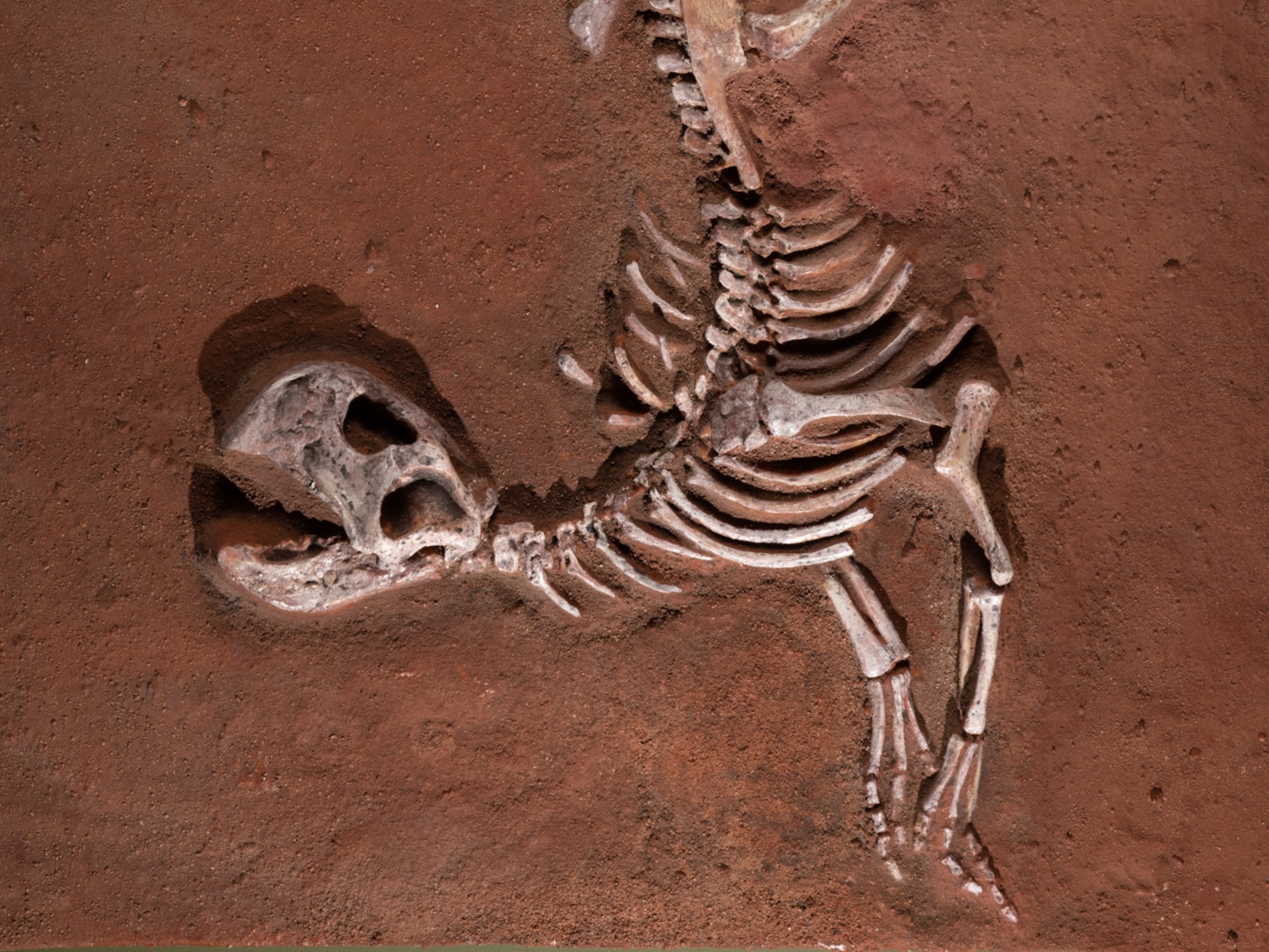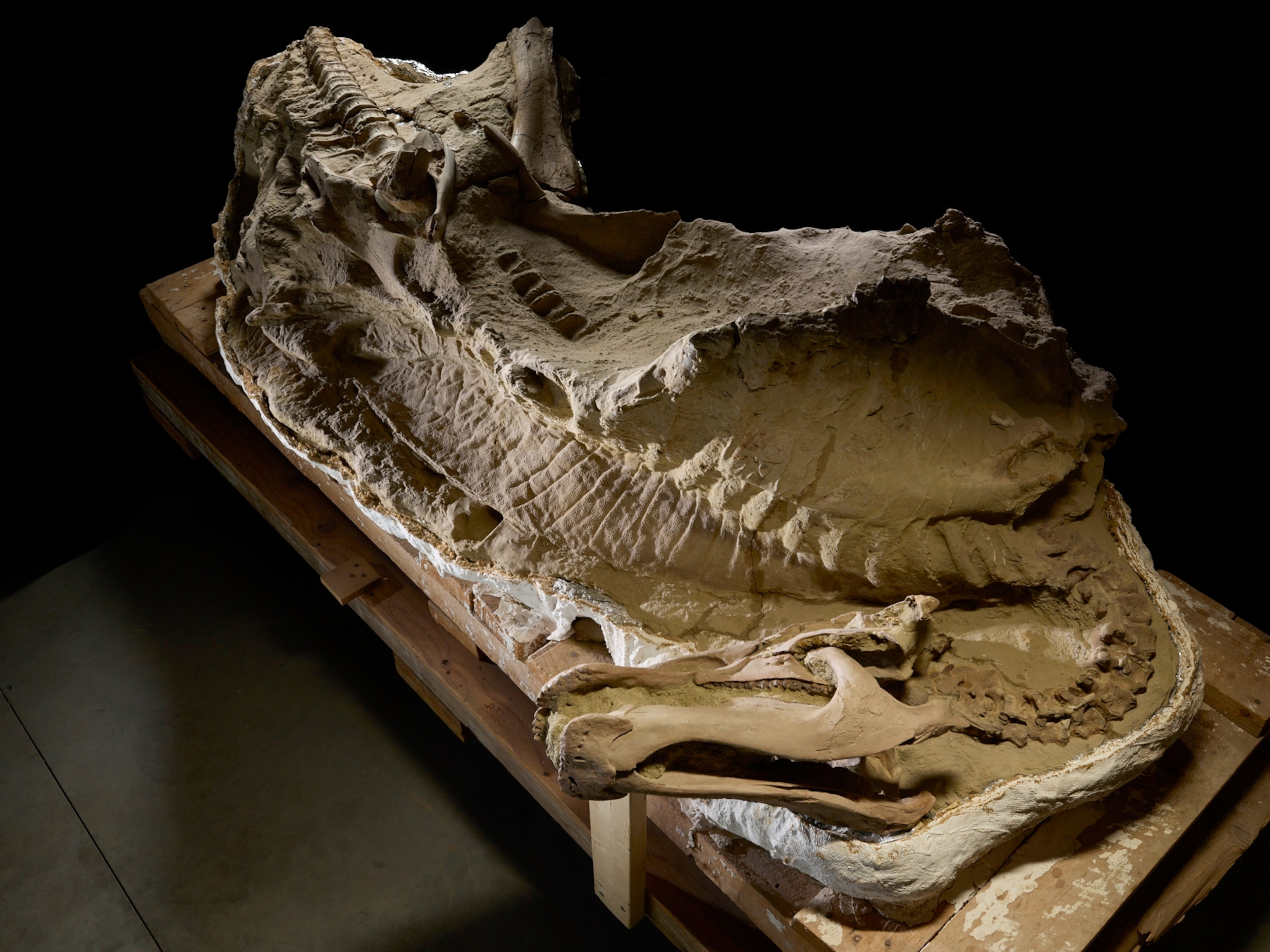Watch: Alligators' Hunting Secrets Revealed by Crittercams
The reptiles attack prey much more than previously thought, study says.
Everyone knows following an American alligator into heavily vegetated swamps is not a good idea.
So scientists have come up with an alternative to studying the alligators' behavior: strapping National Geographic Crittercams to the reptiles' backs.
A new study—conducted on Merritt Island (map), a barrier island near Cape Canaveral, Florida—has given researchers a whole new look into the everyday lives of these elusive predators.
The use of Crittercams is an improvement on previous research techniques, which included analyzing alligators' stomach contents to determine what they ate, observing alligators during the day, or watching them in captivity to figure out their hunting patterns.
The Crittercam results reveal that alligators are prolific hunters: "They're attacking something once every two hours," said study leader James Nifong, a doctoral candidate studying alligator ecology at the University of Florida in Gainesville. (Watch more Crittercam videos.)
American alligators (Alligator mississippiensis) were also twice as successful in their hunting attempts when the reptiles were underwater, Nifong and colleagues report in the study, published online January 15 in the journal PLOS ONE.
Unexpected Finds
The findings come as a surprise, especially the frequency with which the alligators attacked prey, Nifong said.
American alligators are large animals with a low metabolism. "They don't really need all that much to sustain them," study co-author Nifong said. "But in order to grow, they do need to consume more." (See "Caught Giant Alligators Break Records; How Big Do Gators Get?")
He was also surprised to see that the animals were more successful at capturing prey when the alligators were submerged.
That prey consisted of items like crayfish and turtles, as opposed to mammals such as raccoons, which alligators can catch when they're hunting at the surface. (See also "Crayfish Harbor Fungus That's Wiping Out Amphibians.")
Nifong thought the ability to see and feel much more clearly at the water's surface—as opposed to rooting around in cloudy swamp water—would mean greater hunting success for alligators.
But when the alligators are underwater, "they're mainly relying on their mechanical sensory organs," he explained. The animals have very sensitive pressure sensors in their snout that they use to detect vibrations around them.
The video footage also showed that alligators were most successful when hunting between 4:00 and 9:00 in the morning.
Nifong speculates that the alligators choose to forage then because they're using more energy to regulate their body temperature later in the day.
Alien Encounters
Nifong and colleagues managed to capture and strap cameras to 15 alligators that averaged about seven feet (two meters) long.
Researchers placed video cameras encased in a foam cradle on the backs of the alligators' heads using cotton fiber straps.
"It was extremely easy to put on, it was cheap, and it didn't take a lot of labor," said Kyler Abernathy, director of research for remote imaging at National Geographic.
Abernathy had toyed with Crittercam harness or backpack designs for crocodiles and alligators since 2003, but could never get a satisfactory prototype.
It wasn't until Nifong approached the Crittercam team with his project that Abernathy revisited his backpack idea.
Nifong and colleagues employed standard techniques for capturing alligators: roping the animals and pulling them either onto shore or into a boat so that researchers could measure body lengths, take blood and tissue samples, and attach the video cameras.
"It's akin to an alien encounter," Nifong joked. Researchers shine a light at the alligators to disorient them for capture, and then the animals are pulled up, probed and prodded, and then released.
"Some of [the alligators] are mean and awful; some of them are like puppy dogs and don't really care what you're doing to them," the biologist said. "But you've always got to respect that the animal can take your arm off or break your leg." (See "Alligator 'Feeding Frenzy' Video Shows Teamwork.")
Moving On
For his next project, Nifong would like to attach Crittercams to juvenile and young adult American alligators.
Nifong would love to find out how the hunting habits of these younger alligators affect the environment in their coastal habitat, and if the number of alligators and their ages make a difference.
He'd also like to put the video cameras on other crocodilian species, which number around 25.
By studying alligators, Nifong also hopes to help them. Crocodile and alligator species live in wetland, rain forest, and coastal areas—and many of them are threatened or endangered.
The American alligator was once listed as an endangered species in the U.S., but conservation measures have helped them recover.
They're currently listed as a threatened species throughout most of their range in the U.S., although in some areas they're still considered endangered.
Getting an unbiased and unobtrusive account of how these different species spend their days could yield invaluable information on how to conserve them, he added.
Follow Jane J. Lee on Twitter.





